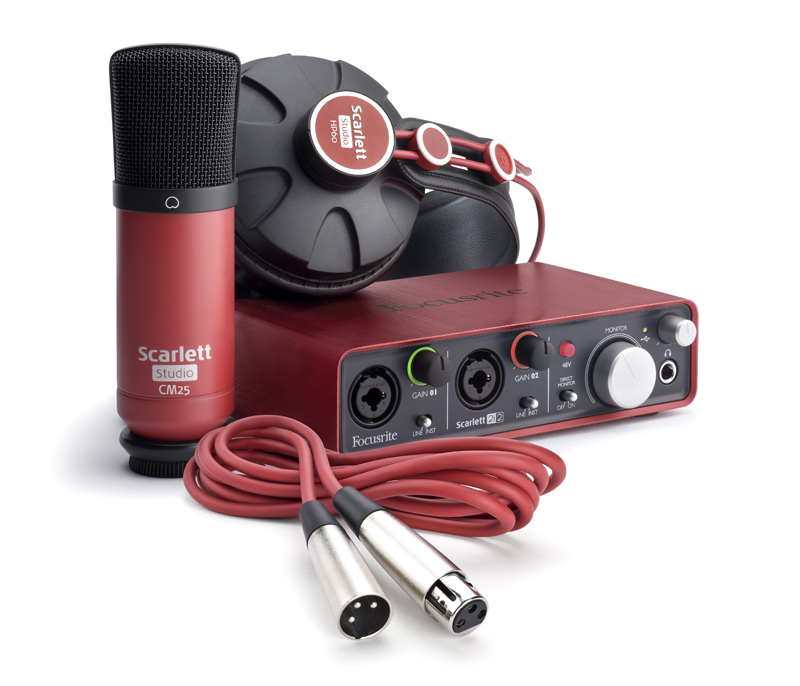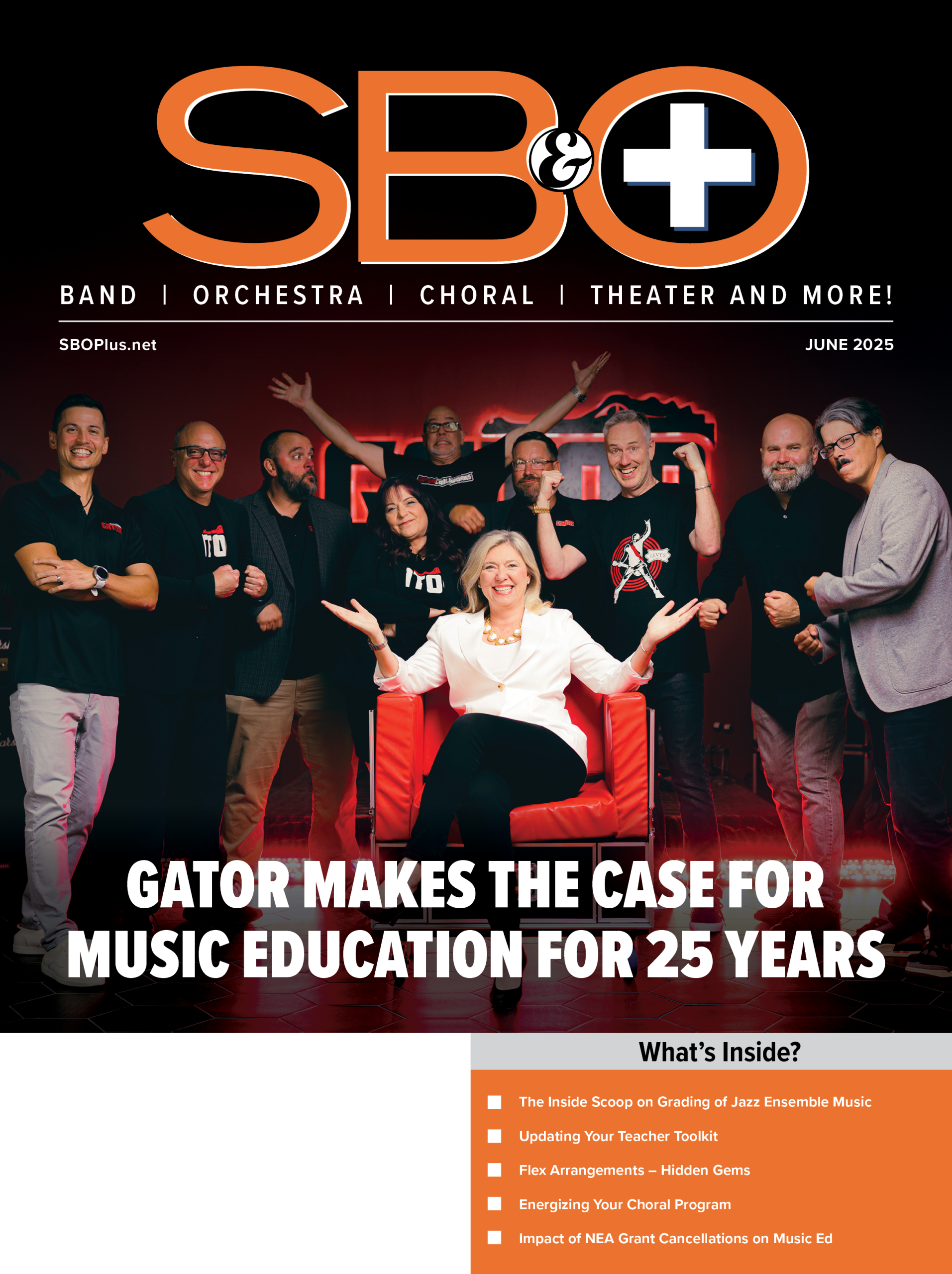Given the fact our marching band season is virtually over for this academic year, what things should we be considering making sure our athletic bands continue to be exciting and engaging for our students and our community? For so many of us, the grind of fall marching band has been grueling with early season rehearsals, home and possibly even away football games, parades, field show competitions and the like. Many of us are ready to move on with concert band and jazz band season in preparation for the spring semester. But there may be some additional things to consider.
Remember that building relationships is a large portion of our responsibility to the profession. When you build relationships with school colleagues and administrators, parents/boosters, and your community at large, you will begin to see the fruits of your labor quickly. At any level, we need assistance in continuing to build and maintain a healthy program, one that fits the needs of our student’s personal growth and musical development. By leveraging your relationships, my experience tells me you will be able to get the much-needed assistance you need to be successful. Don’t get me wrong, I’m not saying you need to have students perform every time someone sneezes, but I am saying you need to be strategic.
Here are some of my thoughts on ways to build relationships at your school and in your community.
1. Especially if you have a smaller band program, send the full or a portion of your marching band to selected basketball games or other important sporting events. In working with your athletic director and/or the coaches, you can build a strong relationship in your school community. It is just important you make it clear you cannot play at every event but are willing to perform at selected events. This can be fun for your students and builds lasting relationships. I would even suggest that under your guidance, that you have upperclassmen student leaders direct the ensemble with you in attendance. This builds your future student leaders and may possibly encourage some students to enter cusic education as a career. It’s a win/win situation for all! This also shows that you are a “team player!”
2. Have your band perform at important pep rallies or assemblies at your school. Again, visibility is the key. You don’t have to perform at everything, but choosing to perform at important school events, by working with your administration and those involved, you can come to an agreement on which events are most important.
3. Ask school colleagues if there is something you and your students can do with their class or club to collaborate. Collaboration is super important. How many times have you asked those colleagues to give a student time away from another class to attend something you feel the need to do? Again, showing you are a “team player” builds community.
4. Have some or all your marching band perform at community events such as chili suppers, pancake days, etc. Performing at community events gives you additional can also help your students earn money for their program. Yes, I said it…their program! It’s never about us and always about our students.
5. Have members of your band volunteer to wash cars, park cars at community events, or even rake leaves. Have your band adopt a few families in your community. Help those individuals out by cleaning up their yard. Doing these types of events is fun for the students and helps your visibility. While we are building relationships, we are also demonstrating to our students that giving back ALWAYS pays off. Acts of kindness are powerful. Lead by example. Our most important mission as band directors is to teach life; Music IS the reward!
All the above are simply suggestions of things that have worked for me over my 40-year career. Don’t be afraid to try new things. Talk with your peers and see what they do to keep their marching bands going during the “off-season.” You may be able to adapt something from another school that will work for you.
I think the main thing is to keep your students always thinking about the total program. The last thing we need is to do marching band year-round, but by keeping your students engaged, they will be better prepared for the next season. This is not to say we shouldn’t continue to develop our concert bands and jazz bands, but this extra effort to keep the athletic band component of the program will pay dividends. This is especially true of your color guard and drumline.
For some larger, more competitive programs, you may want to investigate Winter Guard International (WGI) and the marching arts. I have used WGI, indoor winds and indoor percussion to keep my programs active. This is something to consider for the students who may want to march in drum corps in the summer months. WGI has several levels of competition and there are many local and regional events. You could also do a non-competitive version like “Blast” that you could use for school or community events. I suggest you take your student leaders to a WGI event and let them help you decide on moving forward. Many of your students may already know about WGI and the marching arts.
Competitive events such as these can be a way for your students to continue enjoying the marching arts outside of fall football season.
WGI.org • BarrywBe@gmail.com































